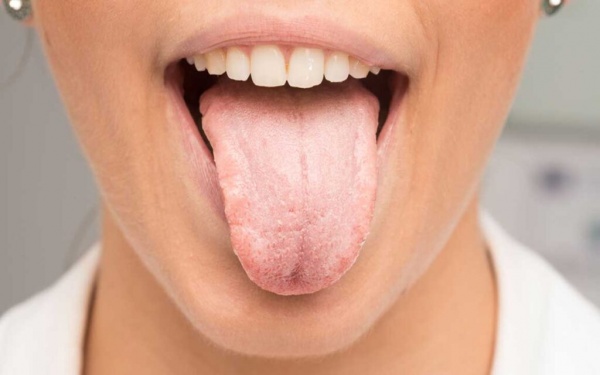Symptoms of cervical caries
The disease can manifest itself in different ways. However, the first symptom is the appearance of white spots on the tooth enamel. Over time, the spots begin to darken, which indicates an increase in the carious cavity.
Pain symptoms are short-lived. At the initial stage of the disease, the diseased tooth reacts sharply to cold or hot food. If the problem is ignored, the pain becomes prolonged, often disturbing at night. After elimination of the focus of inflammation, the pain disappears.
Reasons for the development of pathology
Caries does not develop instantly; various factors contribute to its development. The main reasons for the appearance of cervical caries experts include the following:
- Poor oral hygiene;
- Malocclusion;
- Endocrine diseases;
- Hormonal imbalance;
- Demineralization of tooth enamel;
- Genetic predisposition;
- Bad habits (smoking, alcohol abuse);
- Excessive consumption of foods rich in carbohydrates;
- Taking certain medicines.
It is quite difficult to independently detect caries hidden under the gum. Only regular visits to the dental office will allow you to diagnose the disease in time and start treatment.

Treatment of cervical caries
There are several ways to treat cervical caries. The choice of technique depends on the stage of the disease, the individual characteristics of the organism:
- At the initial stage of the disease, when white spots have just appeared on the enamel, conservative treatment is applied. It includes remineralization, fluoridation.
- At the stage when the enamel is already beginning to collapse, but the dentin has not yet been affected, the carious area is removed by grinding. Remineralizing therapy is also carried out.
- The superficial and middle stages of caries involve filling. The doctor removes damaged tissues, with the help of special preparations the area is treated, a filling is applied.
- With a deep stage of caries, when the pain becomes constant, more complex treatment is required. Tooth preparation and further filling are carried out under anesthesia.
Often, with a deep lesion of the tooth cavity, tooth extraction is required. The dentist will be able to diagnose caries in a timely manner, develop an individual treatment regimen, and select the filling materials necessary for a particular case.

Prevention of dental diseases
Preventive measures to prevent the development of dental diseases include the implementation of simple rules:
- Regular oral hygiene.
- Preventive visits to the dentist every six months.
- Professional teeth cleaning once a year.
- Smoking cessation, moderate consumption of alcoholic beverages.
- Eating foods rich in vitamins and minerals.
Since cervical caries can be the result of other ailments, it is recommended to regularly visit narrow specialists.







